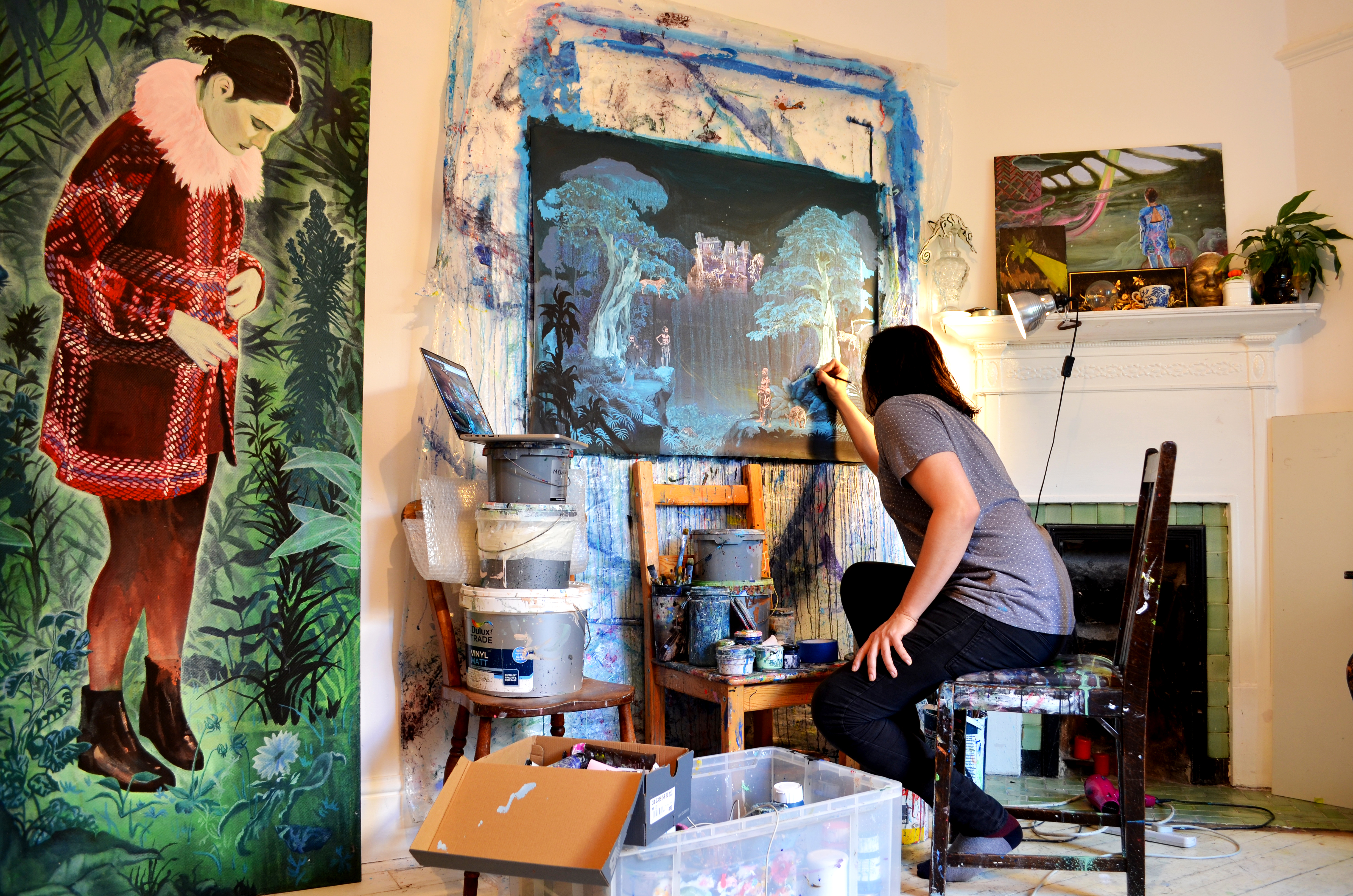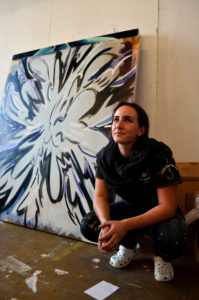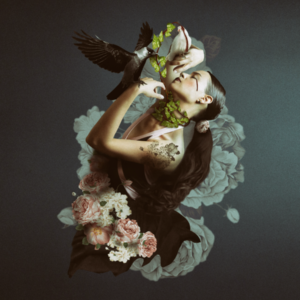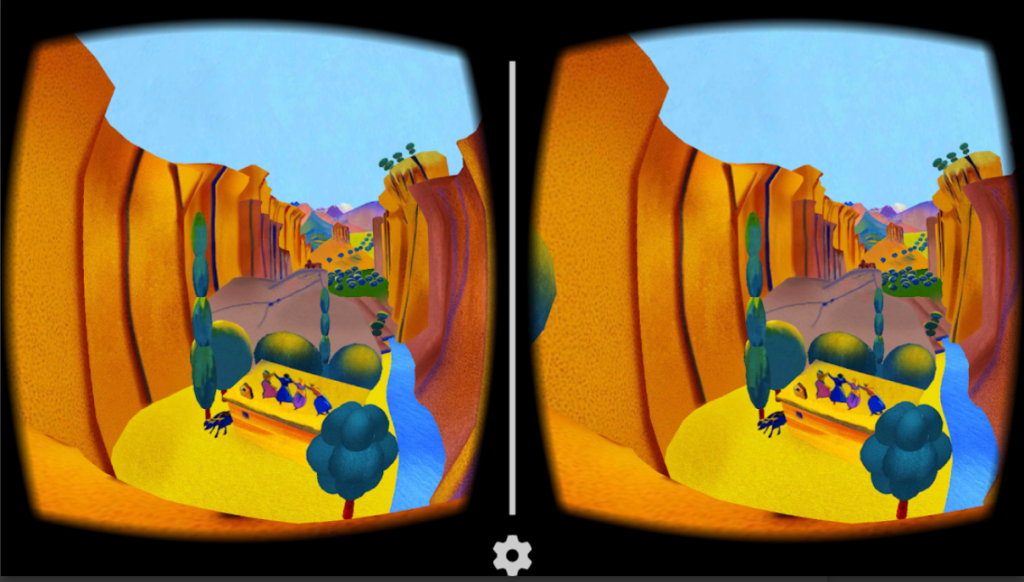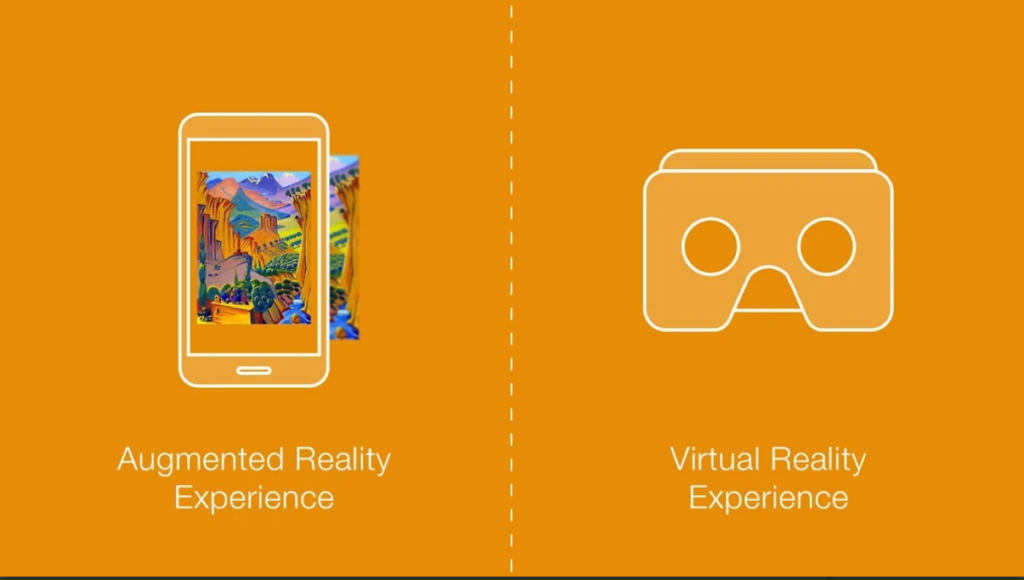Founded in 2012 by Nazik Armenakyan, Anush Babajanyan and Anahit Hayrapetyan, 4Plus is a collective of Armenian women photographers. Through the medium of photography, 4Plus is committed to documenting social issues and human rights violations, while also empowering not just female photographers, but women in general. With the aim of developing documentary photography and empowering women in Armenia (and beyond), the collective organises workshops, exhibitions and lectures. Armenia Art Fair met with one of the collective’s founders, Nazik Armenakyan, to speak about the role of women in the arts in Armenia, Armenia Art Week and 4Plus’s upcoming Female Festival.

How did each of you meet?
All of the 4Plus members were students of the same photojournalism course – organized by Ruben Mangasaryan in collaboration with World press photo in 2004. Later in 2012, Anahit Hayrapetyan, Anush Babajanyan and I established 4Plus Documentary Photography Center. In 2016 Piruza Khalapyan and Nelli Shishmanyan joined 4Plus. Currently we are 4: Nazik, Anahit, Piruza and Nelli. But during these years we’ve also built a great photography community of female and male photographers, curators and editors around 4Plus, with whom we do several projects.
Why do you think it is important to document women, and empower other women in Armenia?
We created 4Plus after realizing that we shared the same concerns and difficulties in our careers as women photographers. We decided to join our powers in finding ways to support each other and others as well. But we also found that there is lack of visualisation of women’s roles and women’s issues in Armenia. There are also small nuances: women photographers mostly work on social and human rights issues in Armenia, women photographers are more interested in documenting in women’s issues and they have more access to taboo issues relating to women. That’s why empowering not only women photographers, but also women whose rights are being violated, by bringing their issues to light, has become the core of our activity.

Do you think women have been adequately recognised in the arts in Armenia up until now?
I think women artists, mostly locally, still haven’t been recognised adequately in Armenia. For example if a woman creates an artwork and she is not active in promotion, no one is going to distribute her work. But women who have somehow gained international recognition, for example by being published in international newspapers, won awards, and had exhibitions, they become more recognizable in Armenia.
Do you think that things have improved for female Armenian photographers since you founded in 4Plus in 2012?
Yes, they have definitely improved. Firstly, we’ve organised group and solo exhibitions of female photographers. By establishing 4plus.org we give more opportunities for female photographers to be published. We also have the physical place of 4Plus center, where we work with photographers, edit their work together, give advice and support them.

What responses have you had from your work?
We have many followers from abroad. When we published the multimedia ‘About Nora’ [a photo story about a young woman with cerebral palsy living in Great Ayrum]by Vaghinak Ghazaryan on our website, we received an email from a US resident who wanted to help Nora’s family and she did. When we published photo story about MP Lena Nazaryan, we received unexpected feedback from different audience. We’ve also received wishes to be photographed from different active women from politics and other spheres.
We really hope that our work, our photography will bring social change, a change in people’s minds of understanding in several topics. We also hope to collaborate and work with many professionals in the field.

What will you be exhibiting during Armenia Art Week?
We will show 4 photographs, people and places taken by the 4Plus photographers. Anahit Hayrapetyan’s “Grandma portrait” taken in Artsakh and Nelli Shishmanyan’s “Portrait of Girl” from her project “Together is possible.” I will show an interior scene of Salt sanatorium in Yerevan, and Piruza Khalapyan will exhibit a photograph from her story “Mental hospital.”
Can you tell me about your plans for Female Festival [a forthcoming festival hosted by 4Plus]?
Having female festival in Armenia is the idea of one of our co-founder’s, Anahit Hayrapetyan. The idea came several years ago by visiting photography festivals and making connections with different professionals in the field. We found that we can organise an international female festival in Armenia. It’s in our future plans and we hope to find funding and resources to make it real.



